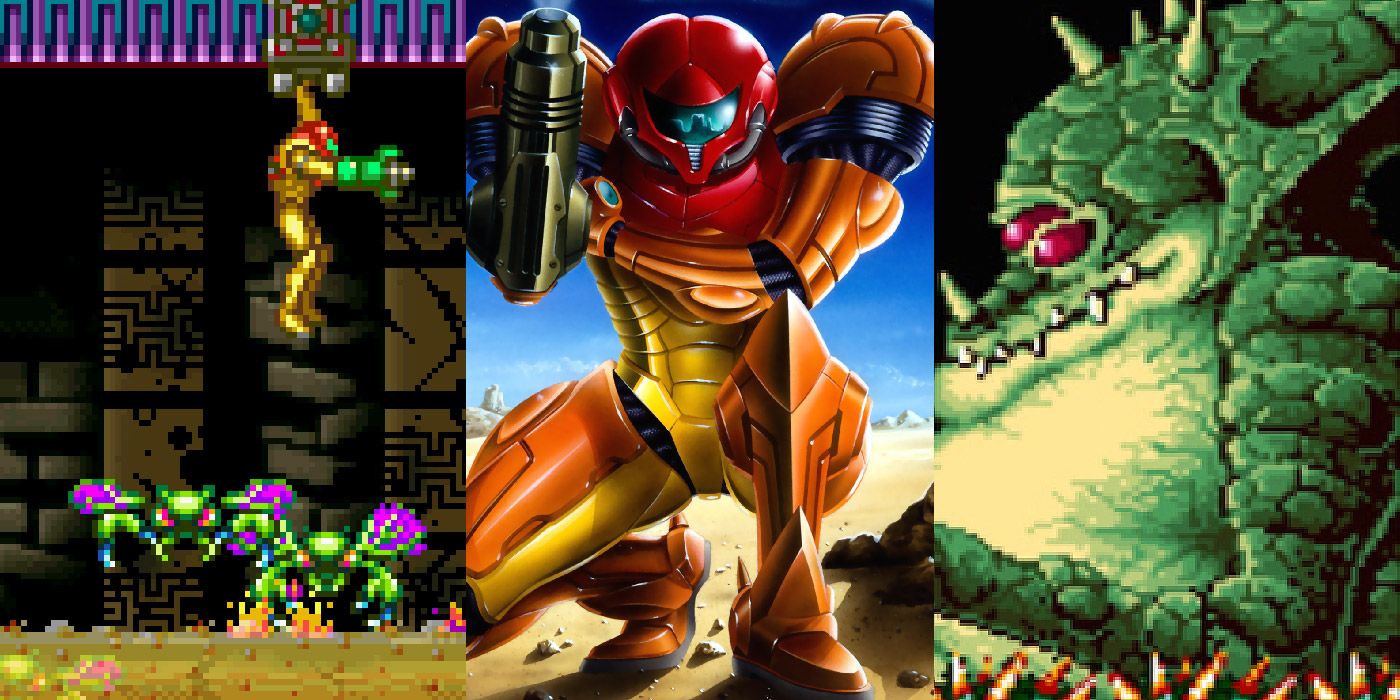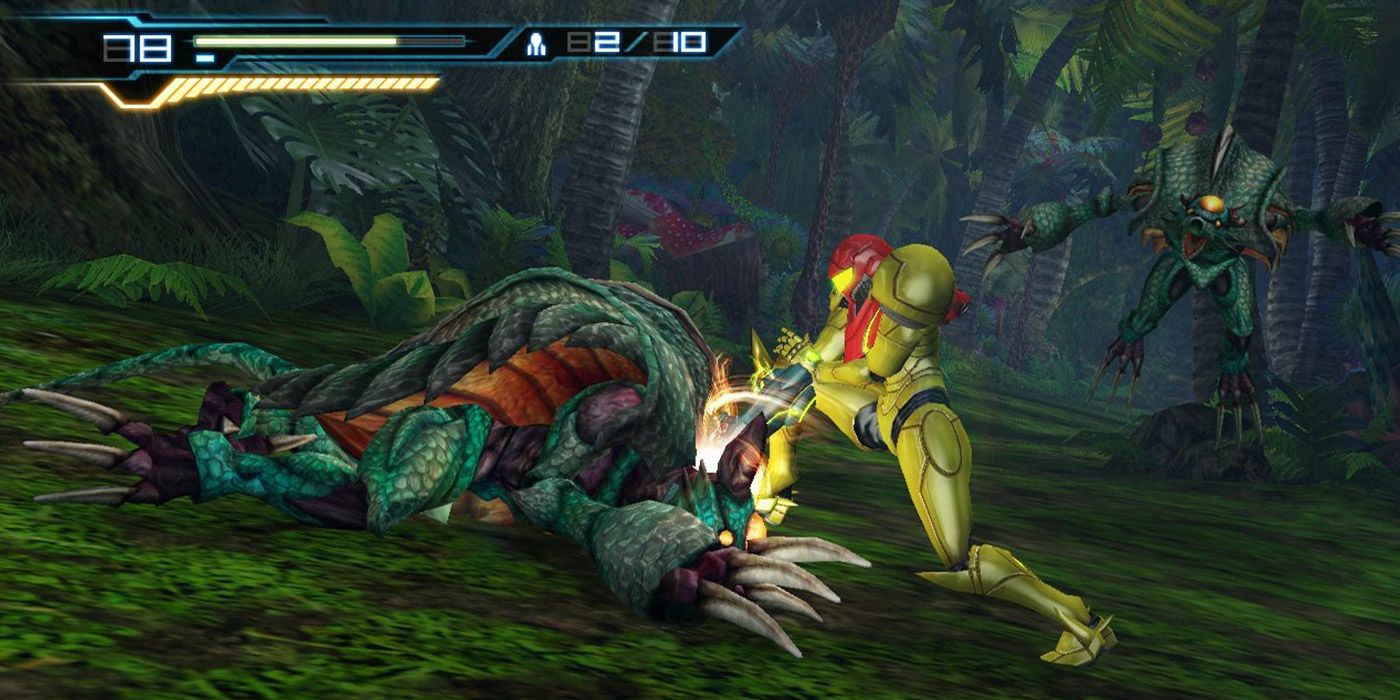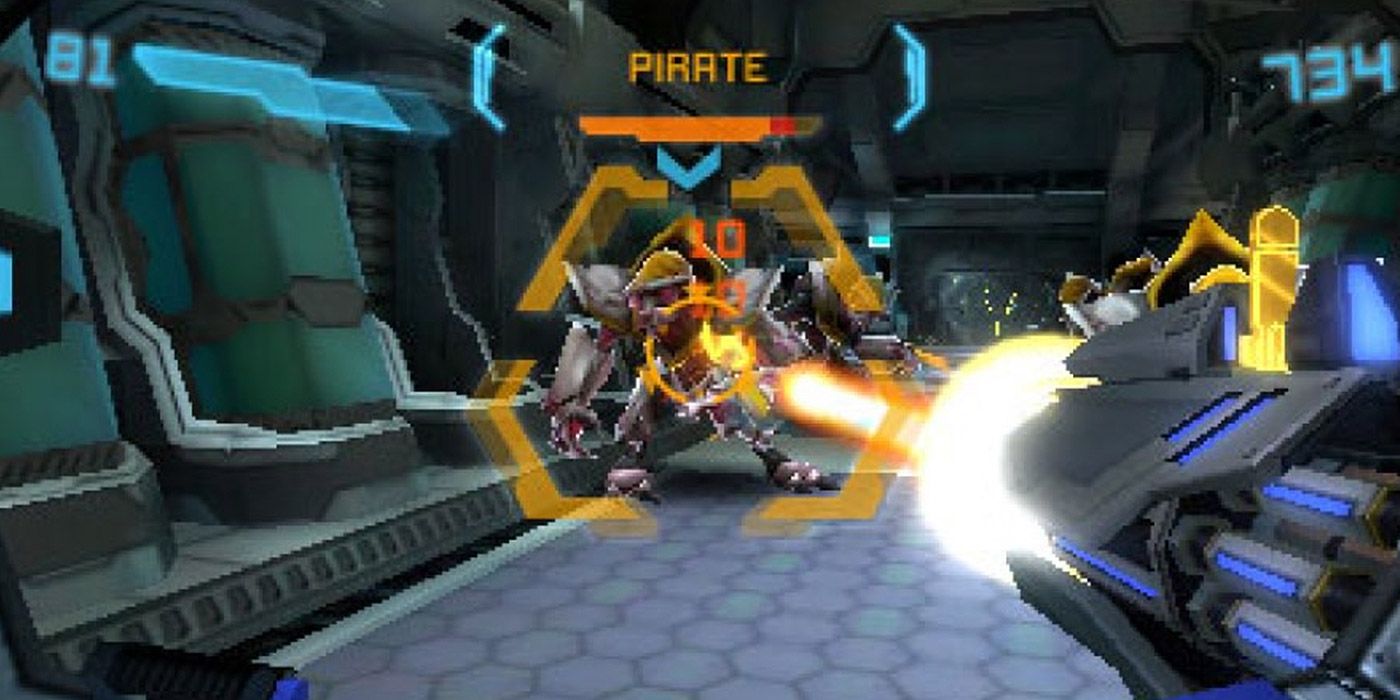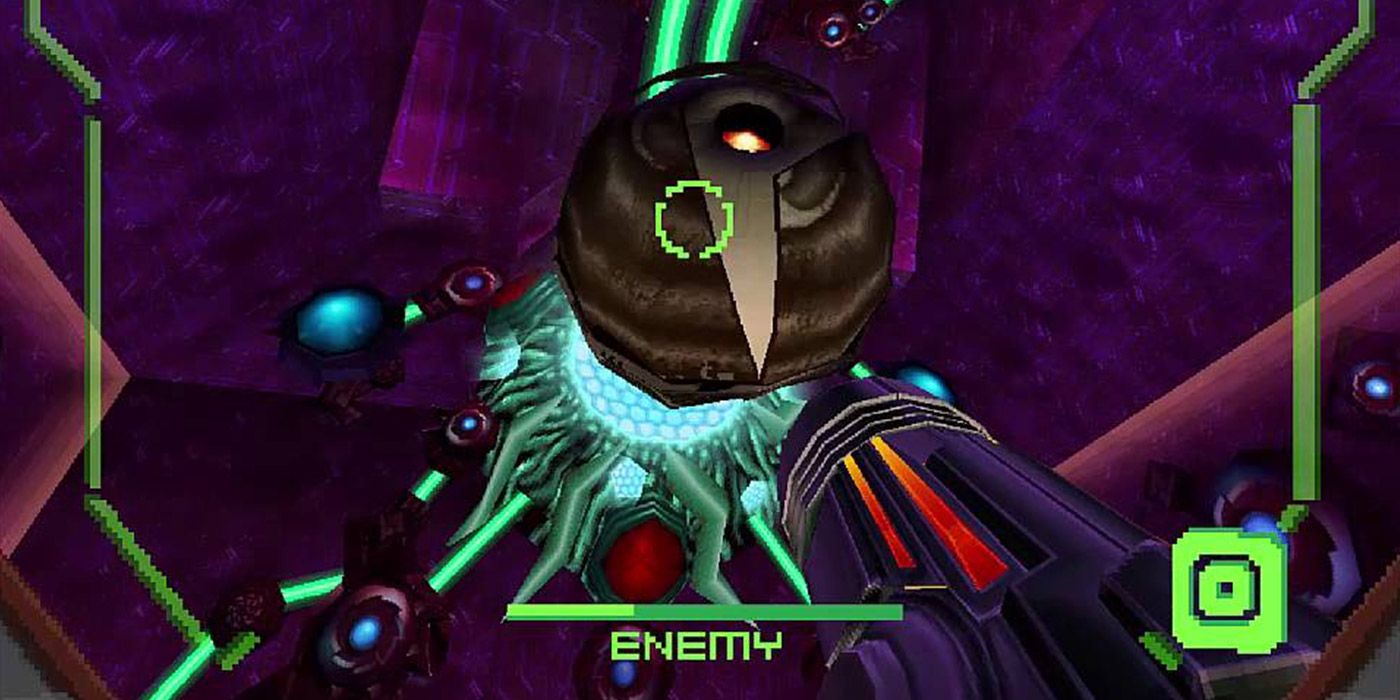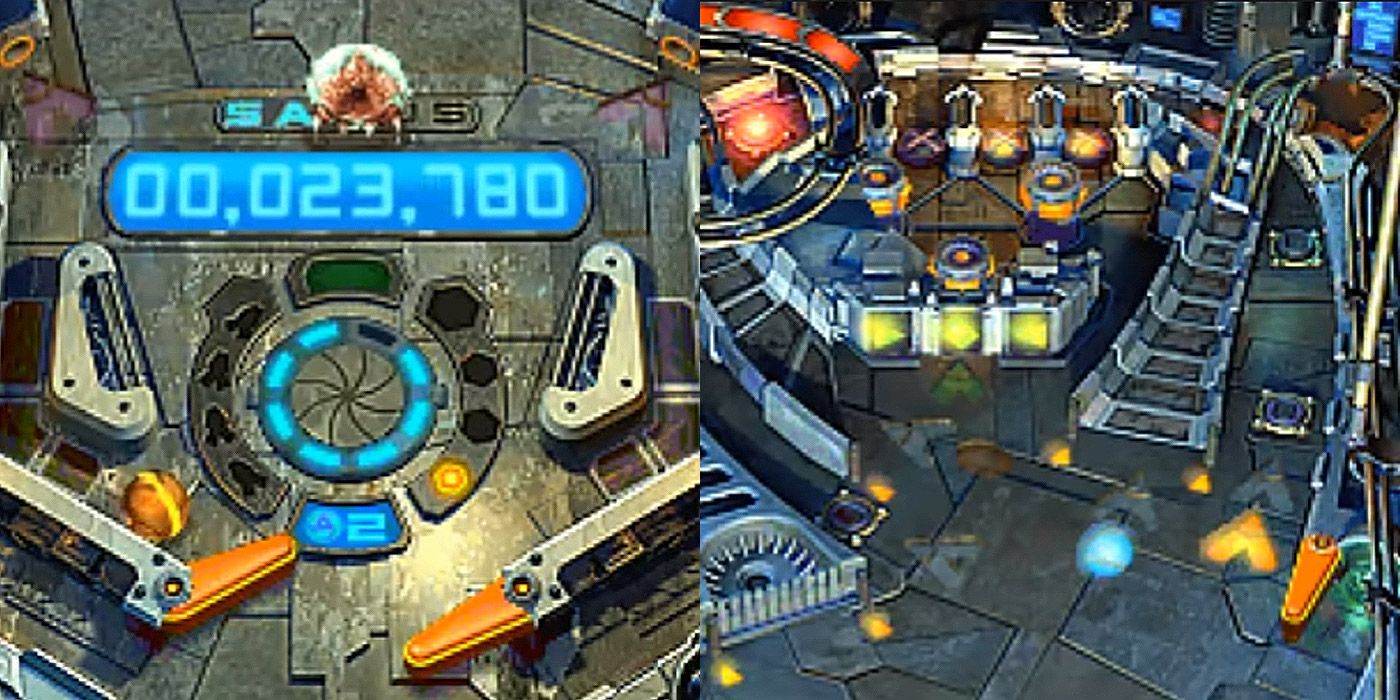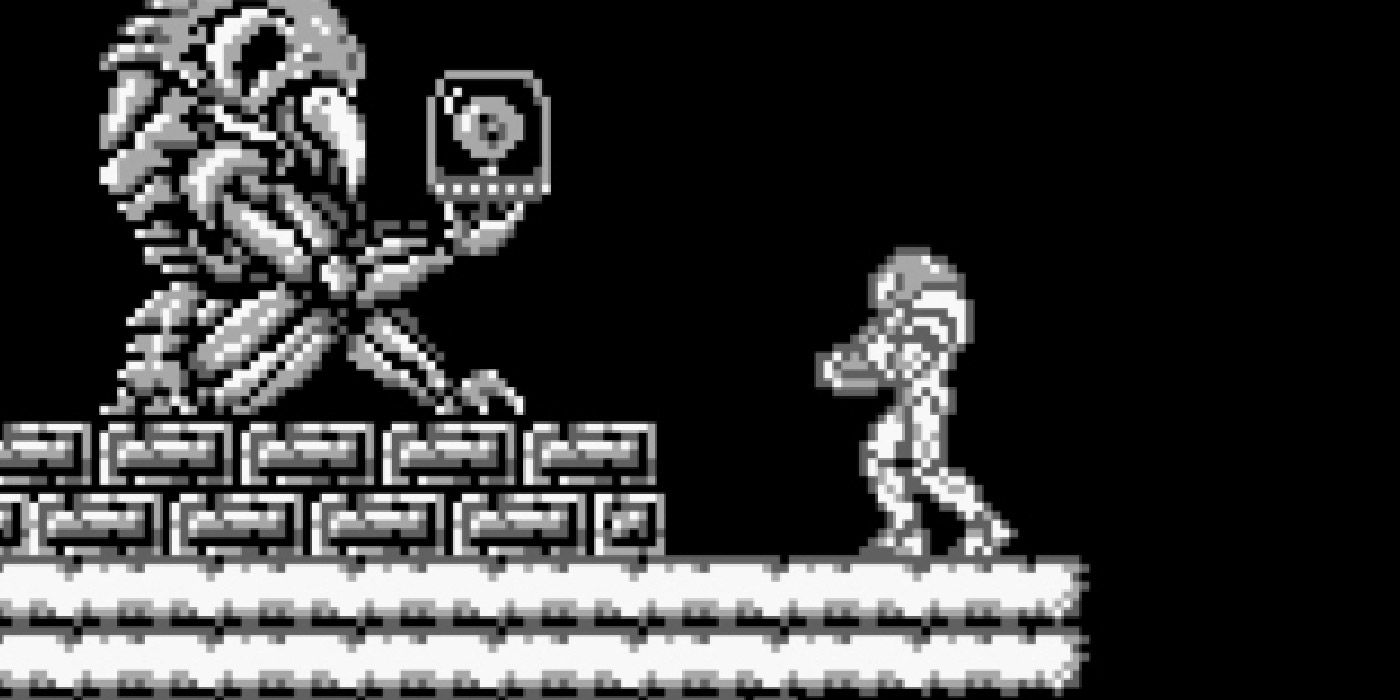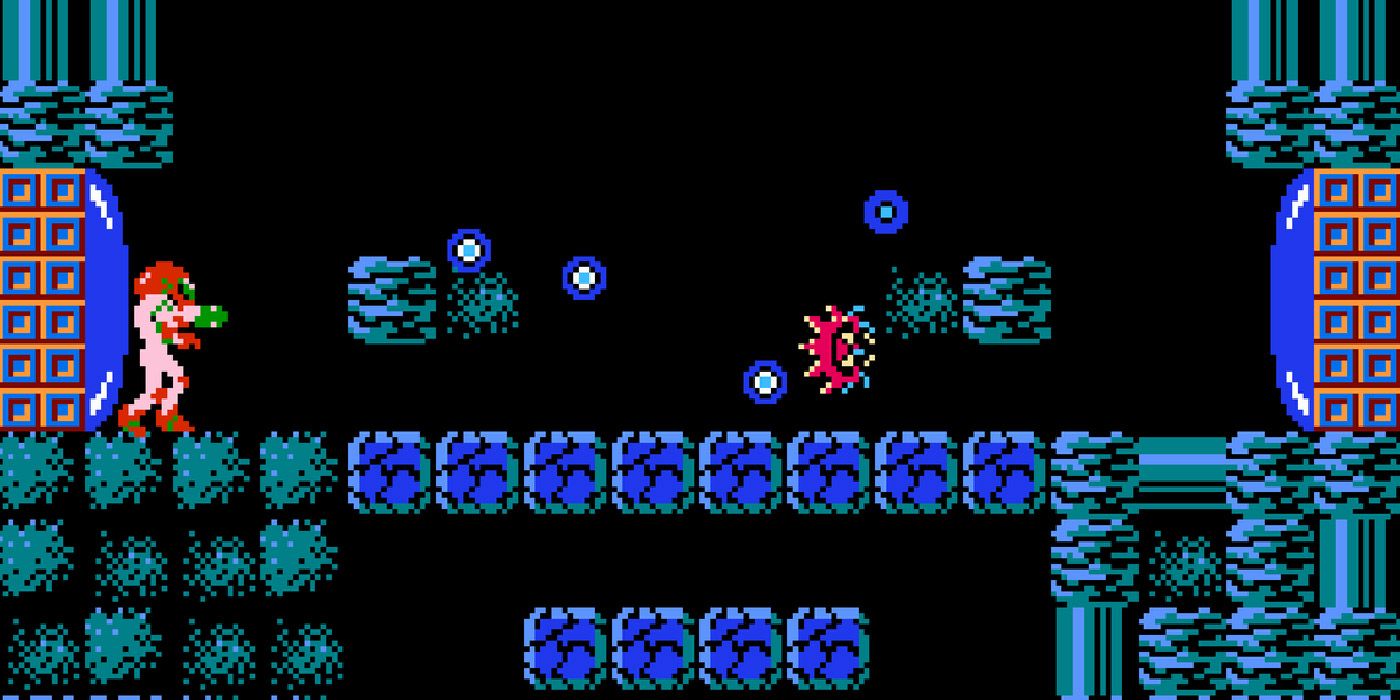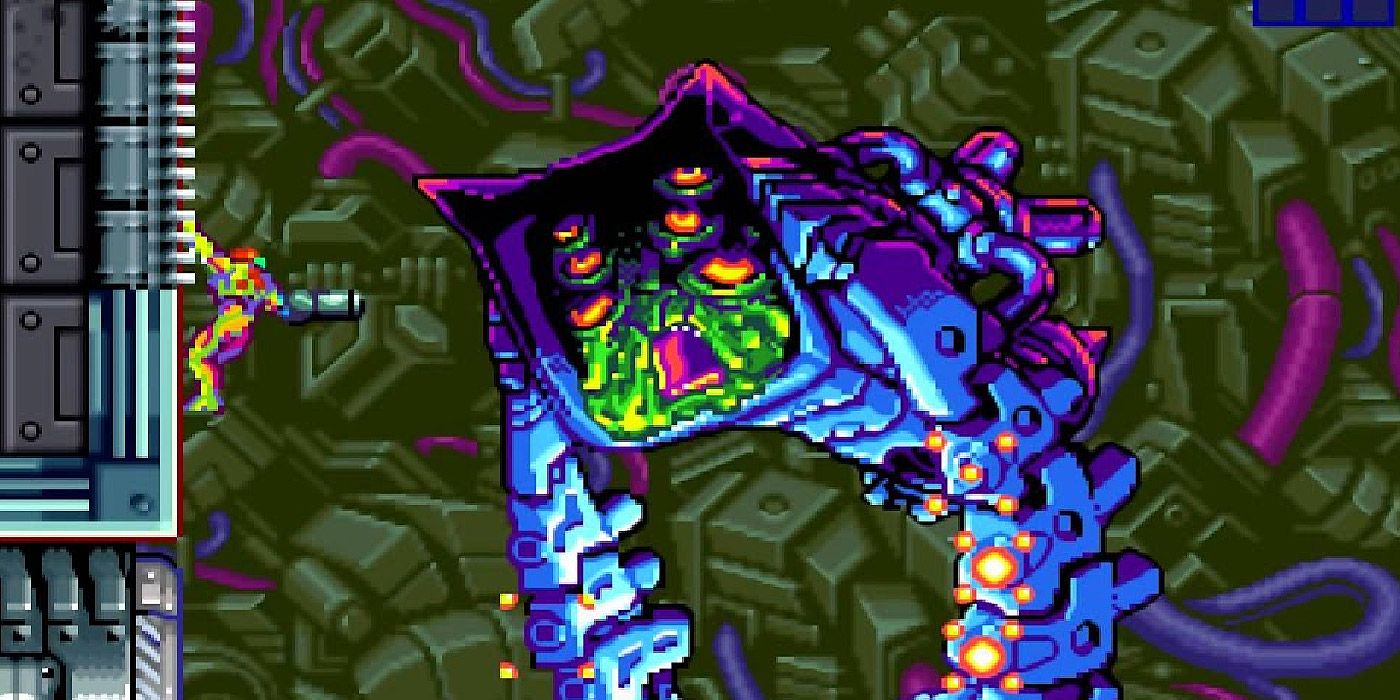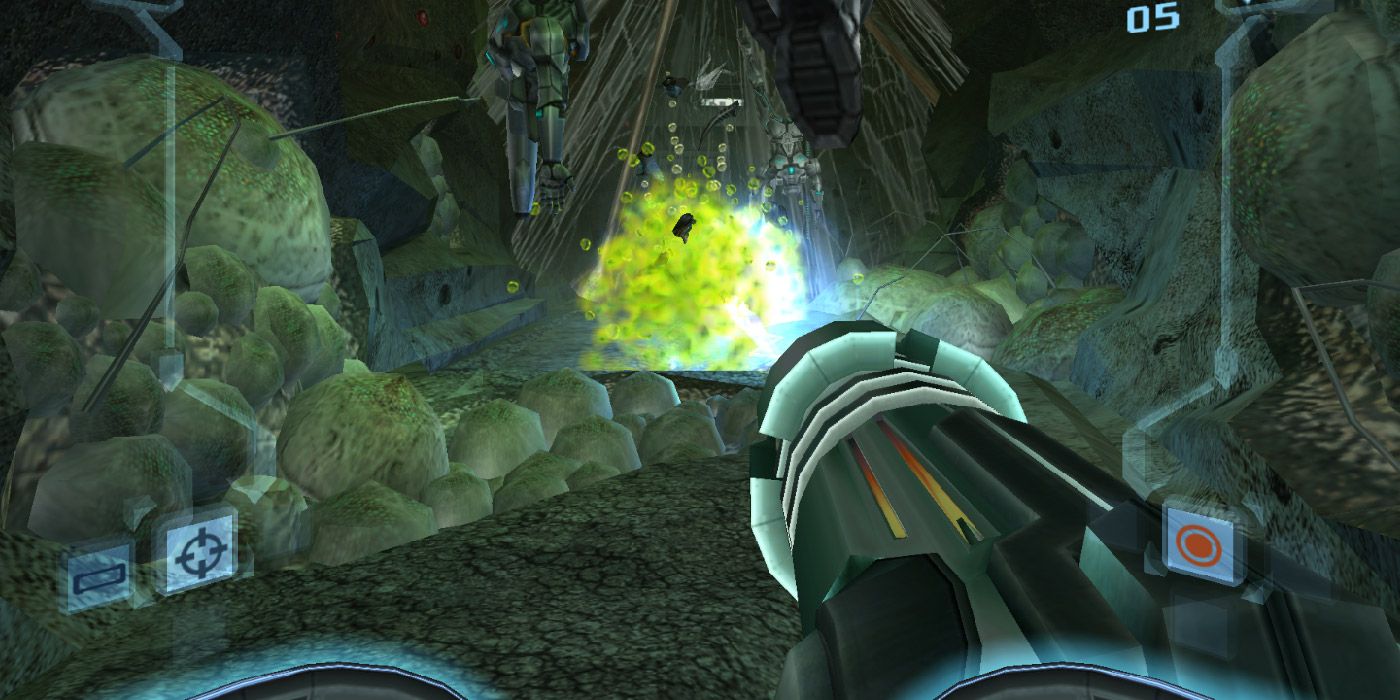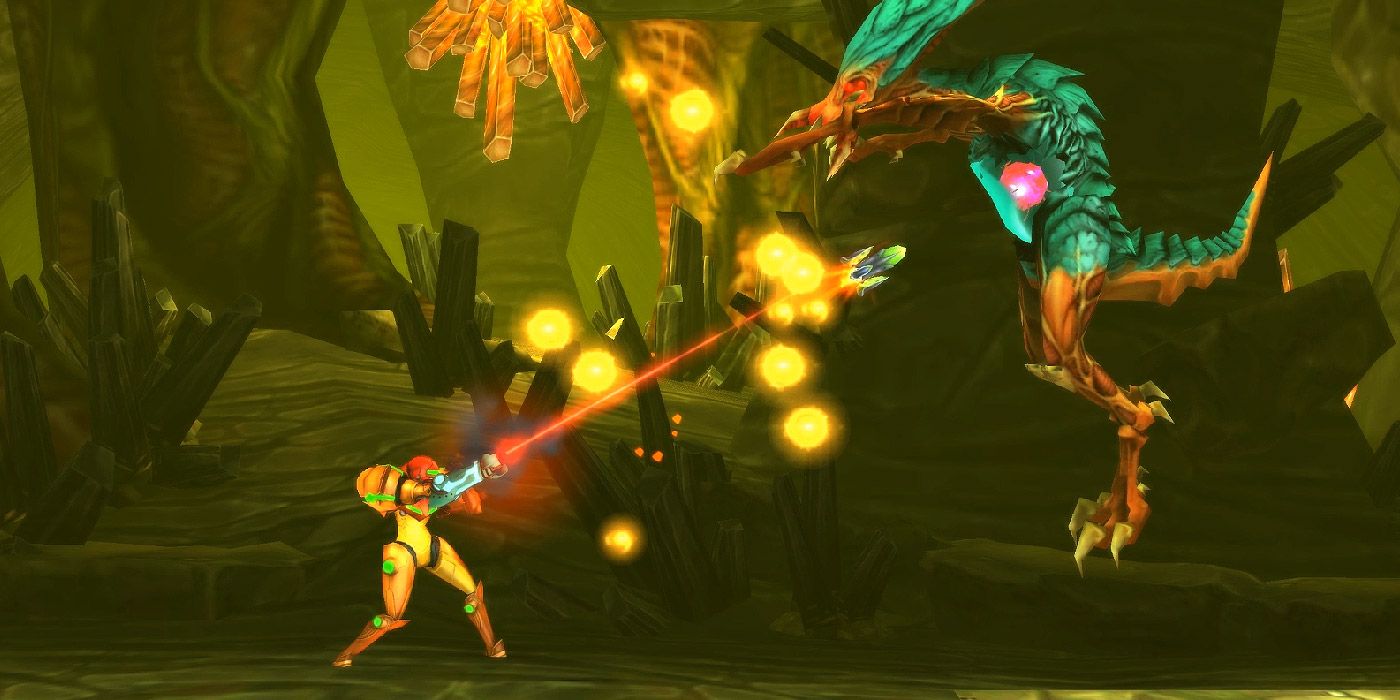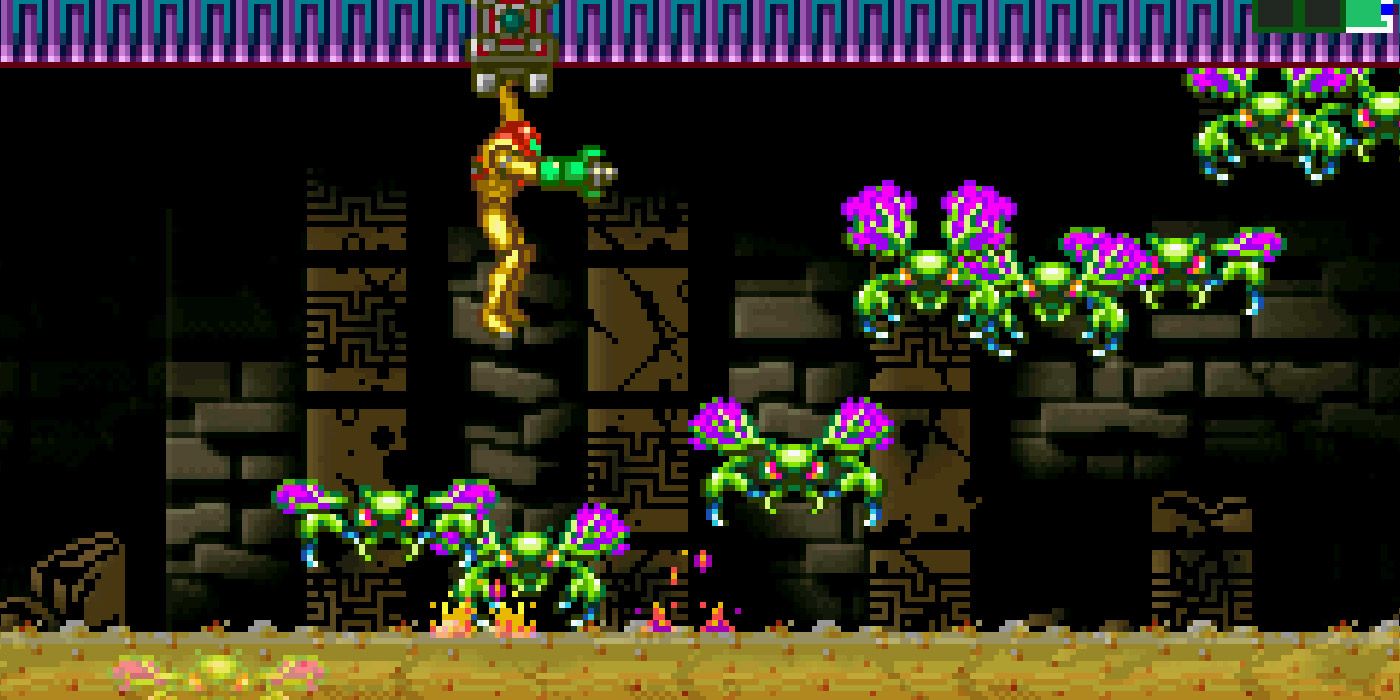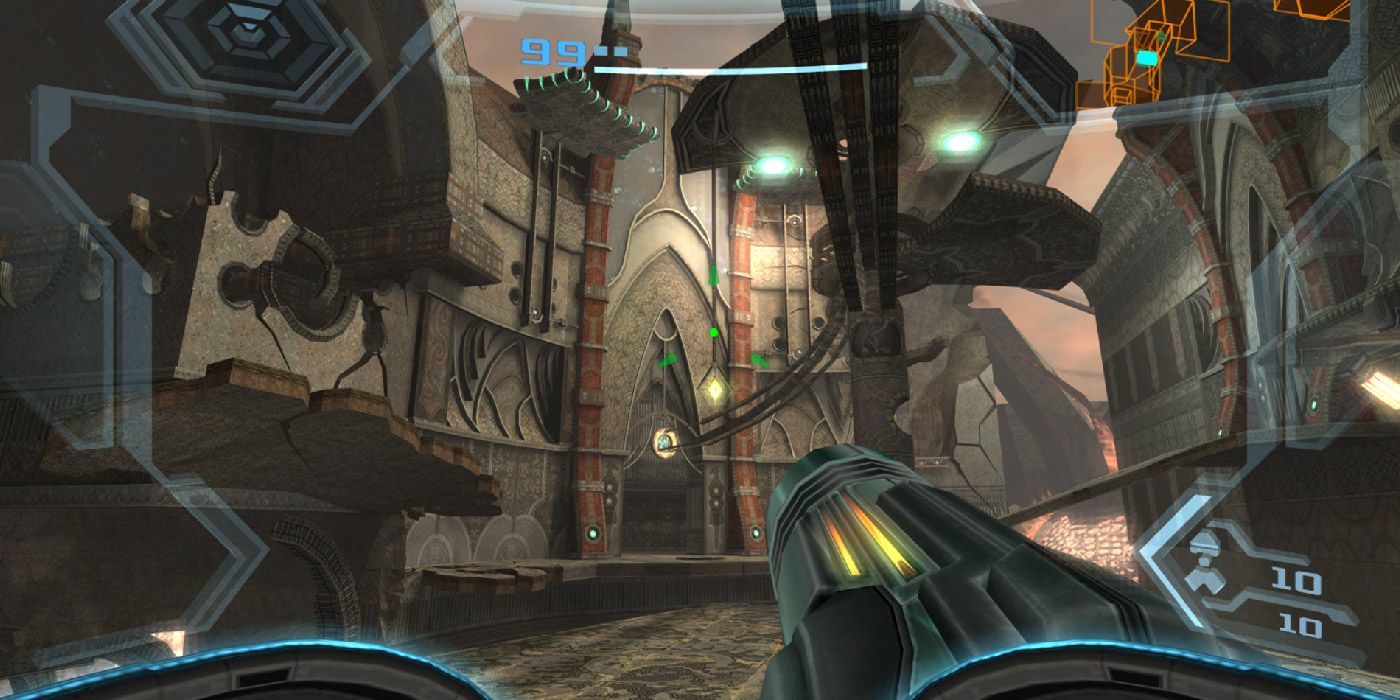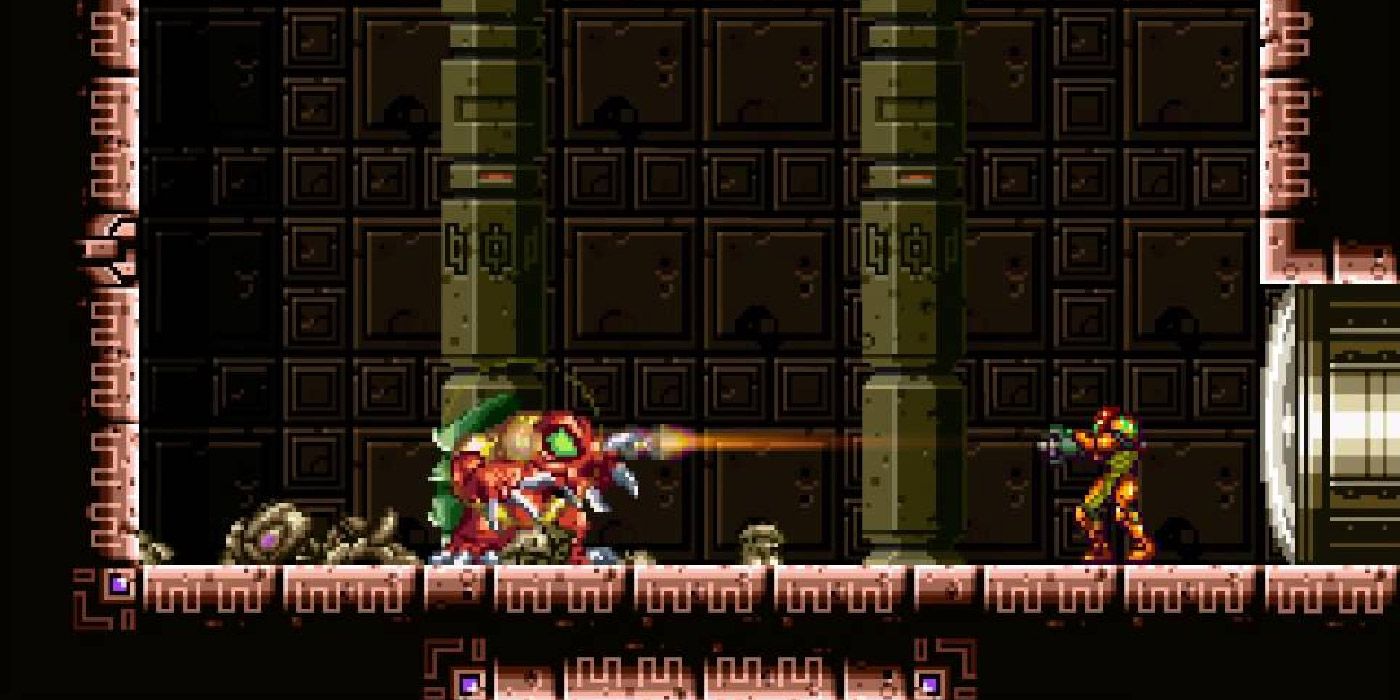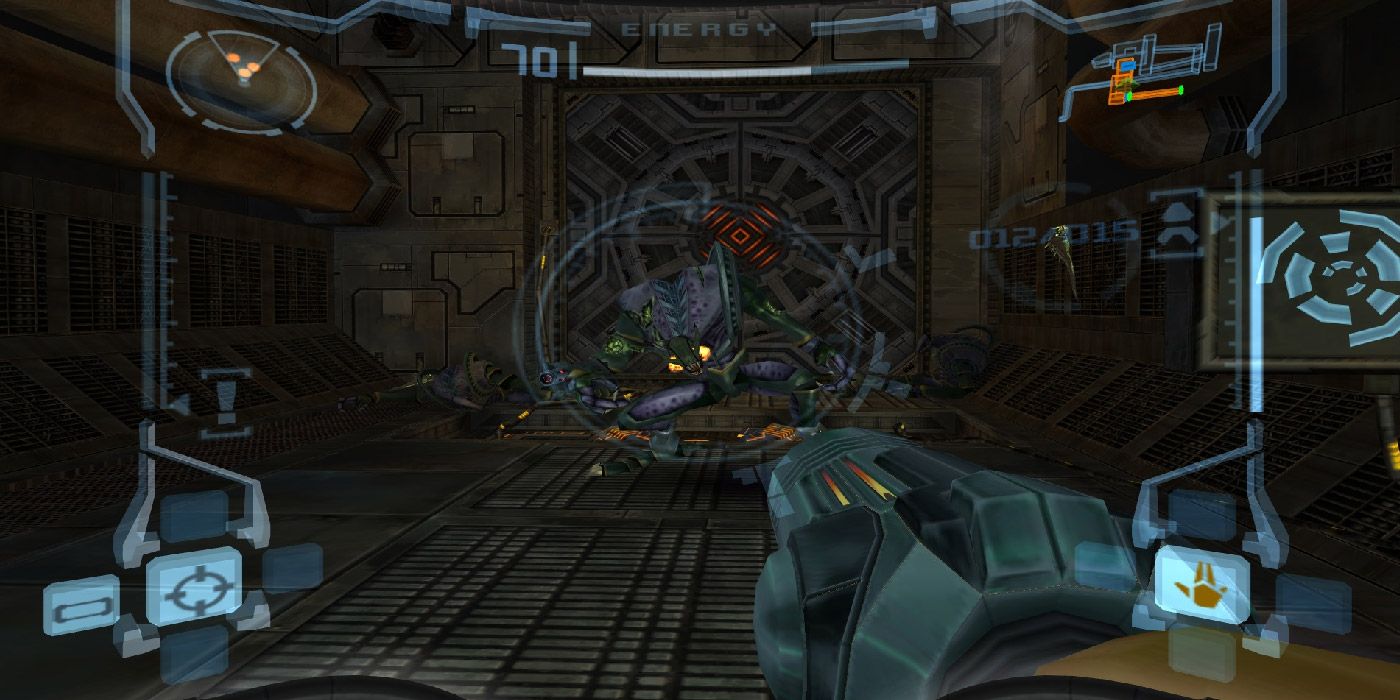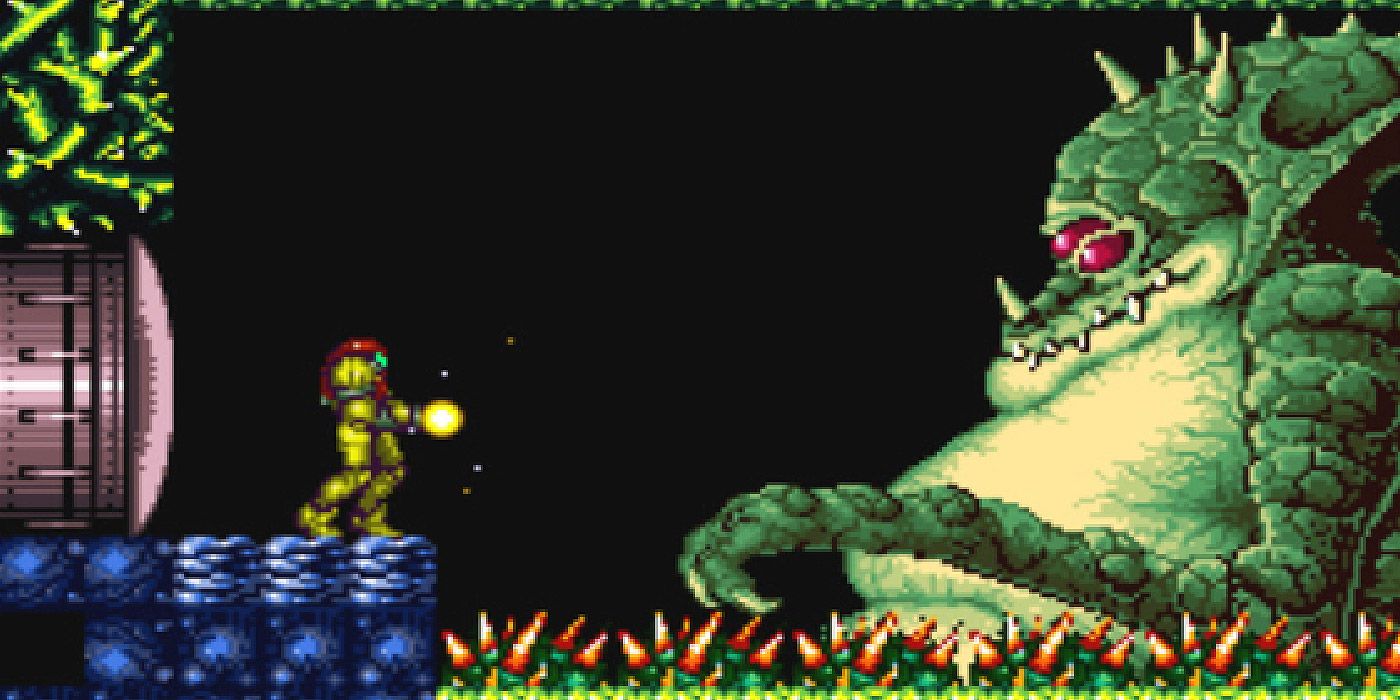The newest generation of video gamers may forget that the original Metroid was quite groundbreaking for its time. Over the course of years, sequels to the Nintendo classic have taken gamers on multiple journeys to distant worlds, inside deep catacombs teeming with treacherous monsters. However, not all adventures are equal in terms of quality.
While most Metroid titles have hit the mark, others have fallen short of the successful formula laid down by Nintendo over the years. Yet the series' potential seems unfazed, at least for the moment. It's doubtful fans will see lead protagonist Samus Aran hang up her Power Suit any time soon.
Updated on September 9th, 2021 by Derek Draven: With the recent announcement of Metroid Dread, and a return to the series' 2D platforming roots, it's wise to take a look back at all the Metroid titles that have come before. While there are certainly no rotten apples in the bunch, some titles didn't quite live up to the high watermark set by the definitive classics like Super Metroid. Nevertheless, there's a new adventure waiting around every corner for diehard Metroid fans, if they're willing to put the time in.
Metroid: Other M (2010)
By far the worst game in the entire Metroid franchise, Other M effectively put Samus Aran on ice for several years. Team Ninja, known for the Dead or Alive franchise, created a sequel with little in common with its predecessors. Fans of the series could adjust to innovations in the gameplay if the world and atmosphere drew them in the same as they had in the Metroid Prime series.
Huge shade was thrown at the plot of the game and how it handled the character of Samus Aran, who for some reason had become far less capable and courageous than her previous outings. Other M managed to score decently with critics and is certainly not a terrible game, but it was a bit of a shock for longtime fans.
Metroid Prime: Federation Force (2016)
Metroid Prime: Federation Force's greatest sin is how forgettable it is, and many gamers felt like it was nothing but a cheap spinoff, rather than an authentic Metroid title. As it stands, Federation Force does little to distinguish itself from other games of its kind. Second, its inherent form factor presents a number of problems.
As a 3DS game, Federation Force is hampered by the handheld's motion controls, which are integral when firing. Players can use the C stick as an alternate control method, but the range of motion just isn't up to par. This, combined with the rather cartoonish approach to the game made Federation Force something of a side interest rather than a AAA title.
Metroid Prime Hunters (2006)
Metroid Prime Hunters came packaged with the early DS consoles and functioned as a demonstration of the handheld's hardware. However, there were some issues. Its use of the touch screen was innovative for its time, but little sets Hunters apart as a space shooter game, let alone an entry in the Metroid franchise.
The graphics were somewhat murky and bleak, and the gameplay suffered from a mixture of repetitive mission objectives mixed with very short playtime. As a concept, it might have served as a decent entry, but it certainly fell short of the heavy-hitting Metroid classics that had already been established up to that point.
Metroid Prime Pinball (2005)
At first glance, the idea of bridging the Metroid franchise with a pinball game seems pretty obvious, and it largely succeeds as a result. It's functional, enjoyable, and perfect for those who don't mind playing a digital pinball game, with all the limitations that come with it.
Beyond a few Easter Eggs and references to other games in the franchise, however, it offers little. Still, it's a decent bit of distraction and fun for those who want to take a break from the traditional formula and play a Metroid title set in a much quirkier style of play.
Metroid II: Return of Samus (1991)
Metroid II is often overlooked due to the fact that it debuted way back in 1991 on the original monochrome Game Boy handheld. As such, the game is severely limited by the hardware of the time. Many elements of the game are recycled or taken from its predecessor, with some new additions to the formula.
Despite its age and limitations, Metroid II is arguably one of the best titles on the original Game Boy. It presents a dynamic storyline that leads straight into Super Metroid, creating an effective sense of consistency between the original chapters in the franchise. It has also been the subject of numerous remakes over the years.
Metroid (1986)
The original Metroid is an atmospheric masterpiece that helped evolve the side-scrolling platformer genre in a big way. The combination of elements was simple and effective, focusing largely on a lone bounty hunter descending into the catacombs of an alien planet to defeat a monstrous antagonist.
While Metroid does show its age after so many decades, it helped lay the groundwork for everything that was to follow in the franchise. From the eerie tone to the action-oriented gameplay to the concept of Samus in a Power Suit, upgrading her abilities throughout the course of the game, this is where it all started.
Metroid Fusion (2002)
Metroid Fusion came out eight years following the release of Super Metroid, and it was met with universal acclaim from critics and fans, alike. The developers got clever with the existing foundation of the Metroid franchise and attempted to inject a horror element into the game in order to switch things up a bit.
Though a bit linear in terms of progression, Metroid Fusion was big on tension and scares, which drove a large part of its narrative. The action was superb, blending new abilities and weapons with a unique environment for the story to unfold in. It's a classic in every sense and one that every Metroid fan needs to play.
Metroid Prime 2: Echoes (2004)
The Metroid Prime trilogy is often touted as one of the greatest gaming trilogies ever made, but every series has a low point. Metroid Prime 2: Echoes is certainly not a terrible follow-up to the original Prime title, but it did fall short of its predecessor in a few key areas.
The multiplayer mode was largely ignored by fans, in favor of the single-player experience, which inadvertently ripped off a few gimmicks from the Legend of Zelda series. Nevertheless, Echoes gave gamers a solid 10+ hours of everything that made the first title such a hit.
Metroid: Samus Returns (2017)
Metroid II is a great game, but its official remake is exactly what longtime Metroid fans were hoping for. It came out following the success of Metroid: Zero Mission, the remake of the very first title for GameBoy Advance owners. Obviously, the graphics upgrades are the most immediately noticeable, recreating the original title with glorious color and fidelity.
Rather than offering a simple new coat of paint, Samus Returns updates the gameplay of the original Metroid II game with the introduction of melee counterattacks and free aiming. As reported by Nintendo Life, developer MercurySteam did such a good job with the game that Nintendo chose them to oversee production of the upcoming Metroid Dread on Nintendo Switch.
Metroid: Zero Mission (2004)
Zero Mission represents one of the best Metroid games in the franchise, particularly because it overhauls the original Metroid title in a big way. Graphically, the game has never looked better, with detailed textures, backgrounds, and character sprites, not to mention a reworked soundtrack, cinematics, and gameplay additions.
While staying true to the original Metroid game, Zero Mission also offers up a few surprises, particularly a new plot arc near the end of the game — a welcome surprise for longtime fans. This feels like the definitive version of the original Metroid, and that's probably close to the truth.
Metroid Prime 3: Corruption (2007)
The final chapter of the Metroid Prime trilogy, Corruption felt like a return to form. The updated Wii technology was a perfect fit to bring this chapter to life, and it took full advantage, particularly when it came to the console's motion controls. Subsequent re-releases of the Metroid Prime trilogy updated the prior games to incorporate the Wii-remote.
While it does avoid the gameplay pitfalls that befell Echoes (less padding, better puzzles), it did suffer from a few little imperfections such as increased loading times. Visually, it's the best in the series, and perhaps the greatest of the Prime games, at least until the upcoming Metroid Prime 4 manages to achieve completion.
AM2R (2016)
This oddly-named entry stands for "Another Metroid II Remake," and is not an official Nintendo creation. It has since found itself in the crosshairs of Nintendo's legal team, who have struck it with a copyright claim. However, the game itself is one of the most polished and authentic Metroid titles in recent years.
The remake differs from Nintendo's own Metroid: Samus Returns in the fact that it doesn't use 3D models but traditional sprites. Some longtime fans prefer this aesthetic, as it harkens back to Metroid: Zero Mission and the iconic Super Metroid. It may not be a legally recognized creation, but it sure is one of the best Metroid games ever produced.
Metroid Prime (2002)
The original Metroid Prime was the first to offer radically new gameplay mechanics, proving that Metroid could survive the migration from a side-scrolling platformer to a 3D world space. And it was a departure, to be sure. For the first time, gamers saw the world from Samus Aran's own perspective, which was a huge change.
Offering lush environments to explore, fascinating puzzles, and excellent action mechanics, Metroid Prime blew gamers away back in 2002. It has shown its age over the years, mostly when it comes to controls, but it's still a playable title with a lot to offer longtime fans.
Super Metroid (1994)
In many ways, Super Metroid was the first title to drastically revolutionize the franchise, making the leap from 8-Bit consoles to the world of 16-Bit. The Super NES had all the hardware necessary to churn out a worthy sequel that took everything the original two titles did so well and amp them up to eleven.
Super Metroid has a special kind of magic: a blend of excellent side-scrolling action mechanics, eerie sound effects and music, imaginative environments, and larger-than-life boss encounters. It's a formula that Nintendo has tried hard to duplicate over the years, and may actually succeed in doing with the upcoming Metroid Dread. Thankfully, it's currently one of many classic Nintendo titles available on the Switch service right now.

